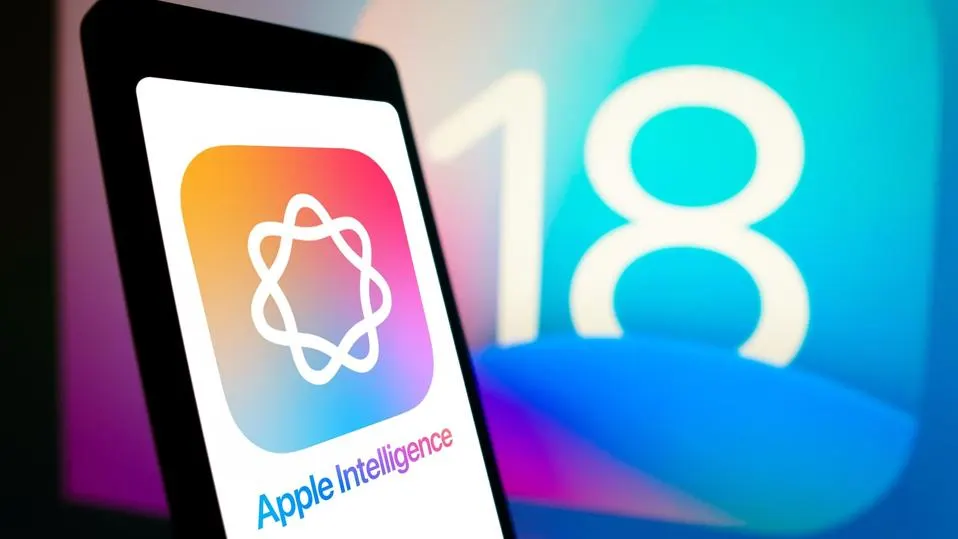The Rise Of Generative AI In Design: Innovations And Challenges
3 January 2024
Artificial Intelligence has been used in design and manufacturing for some time, since the deep learning revolution of the early 2010s at least. However, designers, engineers, and architects are finding that the power of newly emerging generative AI – such as the foundation models that power ChatGPT – is potentially even more transformative.

The principle is simple. Through a natural language interface, designers can just explain what they want to make, what materials they have available and how it should work.
Then, just like ChatGPT finds the best way to put words together to make sentences, it finds the best way to make your ideas a reality.
It’s not just an exciting vision of how designers will work in the near future - it’s already being implemented today.
So, here’s a peek at how generative AI is changing the face of design, covering what we’ve seen so far and some ideas about how it will evolve in the future.
How Is Generative AI Used In Design?
One of the key use cases is in the design of physical objects, components or products. Factors like material efficiency and production speed can be optimized by AIs that have been taught about the qualities of different materials and the pros and cons of every manufacturing process.
Siemens, for example, envisions a future where a manufacturing technician can get instant answers to questions about how changes to manufacturing processes will impact the finished product.
Of course, there are problems caused by hallucination – the tendency of today’s generation of generative AI models to confidently make mistakes.
Errors in the design or manufacturing process of objects could lead to products that are defective in a dangerous way. It’s fair to say human skills are currently needed to mitigate this - not just in design but in every field where generative AI is used. Just one of the reasons why I believe human jobs will be changed by AI rather than replaced by them in the near future.
In graphic design, too, generative AI is quickly proving to be useful. Nutella used algorithms to create millions of different unique packaging designs for its Nutella Unica range. Each jar is stamped with a code, allowing it to be identified by collectors of unique packaging art.
And it also has potentially transformative applications in architecture and urban planning. According to a McKinsey report on the impact of generative AI, it is being used to design buildings, shape urban landscapes, and augment human designers' skill sets at integrating their work with the natural environment.
Architects can use it to manipulate elements like room layout and features like stairwells and facades. Then, they can just set the parameters they need and let AI spit out multiple prototypes and candidates that fit the bill.
It's also being found to be a useful tool in fashion design. Hong Kong-based computer scientist Calvin Wong has created an AI fashion design assistant that generates outfits in seconds based on specific requirements and information on available materials. Aida – the AI-based Design Assistant – creates finalized design images for clothing in around ten seconds. The process usually takes weeks for human designers.
One company that is confidently betting on generative AI as the future of design and manufacturing is the long-established provider of industry-standard tools, Autodesk.
I recently spoke to the head of research at Autodesk, Mike Haley. He told me that AI has played a role in generative design for some time but has traditionally posed challenges, particularly around the huge amount of compute resources that were required.
The development of cloud-based generative AI platforms, though, has caused these barriers to come down, enabling many more creatives to understand its benefits for themselves.
Haley said, “I'm very optimistic that we're now seeing the emergence of those kinds of tools that can take that real-world information, can help us reason about it, and help us produce better designs for the world.”
The Future of Generative Design?
It’s obvious to me that generative AI has a lot of potential to augment abilities and streamline working processes in design.
But there are challenges, too. One of the biggest will be balancing the ongoing need for true human creativity with the desire to create efficiency through automation. Sure, AI can throw out 100 designs a second, but can we be sure that they all express the creative and technical flair that businesses want to put in front of their customers?
And, of course, there are ethical concerns about data ownership, authorship and intellectual property rights that still need to be worked out.
But overall, I see a future where tools available to designers and makers in all fields continue to become more intuitive and more useful for assisting with tasks involving human creativity.
Looking ahead, I believe we will see tools that become capable of more than creating-to-order, that are more able to understand and anticipate the nuanced needs of individual designers and brands.
They will also become more tuned towards enabling personalization at scale. This might even start to upend the long-held expectations of uniformity and the cookie-cutter approach that we have of mass-produced goods and products. Which certainly has the potential to make the world more interesting.
Related Articles
Will AI Solve The World’s Inequality Problem – Or Make It Worse?
We are standing on the cusp of a new technological revolution. AI is increasingly permeating every aspect of our lives, with intelligent machines transforming the way we live and work.[...]
How You Become Irreplaceable In The Age Of AI
In a world where artificial intelligence is rapidly advancing, many of us are left wondering: Will AI take our jobs?[...]
Why Apple Intelligence Sets A New Gold Standard For AI Privacy
In the rapidly evolving world of artificial intelligence, privacy concerns have become a hot-button issue.[...]
Can Your Device Run Apple Intelligence? What You Need To Know
Apple's announcement of Apple Intelligence has sent waves of excitement through the tech world.[...]
10 Amazing Things You Can Do With Apple Intelligence On Your IPhone
Apple Intelligence is poised to revolutionize the iPhone experience, offering a suite of AI-powered tools that promise to make your digital life easier, more productive, and more creative.[...]
Agentic AI: The Next Big Breakthrough That’s Transforming Business And Technology
The world of artificial intelligence is evolving at a breakneck pace, and just when you thought you'd wrapped your head around generative AI, along comes another game-changing concept: agentic AI.[...]
Sign up to Stay in Touch!
Bernard Marr is a world-renowned futurist, influencer and thought leader in the fields of business and technology, with a passion for using technology for the good of humanity.
He is a best-selling author of over 20 books, writes a regular column for Forbes and advises and coaches many of the world’s best-known organisations.
He has a combined following of 4 million people across his social media channels and newsletters and was ranked by LinkedIn as one of the top 5 business influencers in the world.
Bernard’s latest book is ‘Generative AI in Practice’.










Social Media